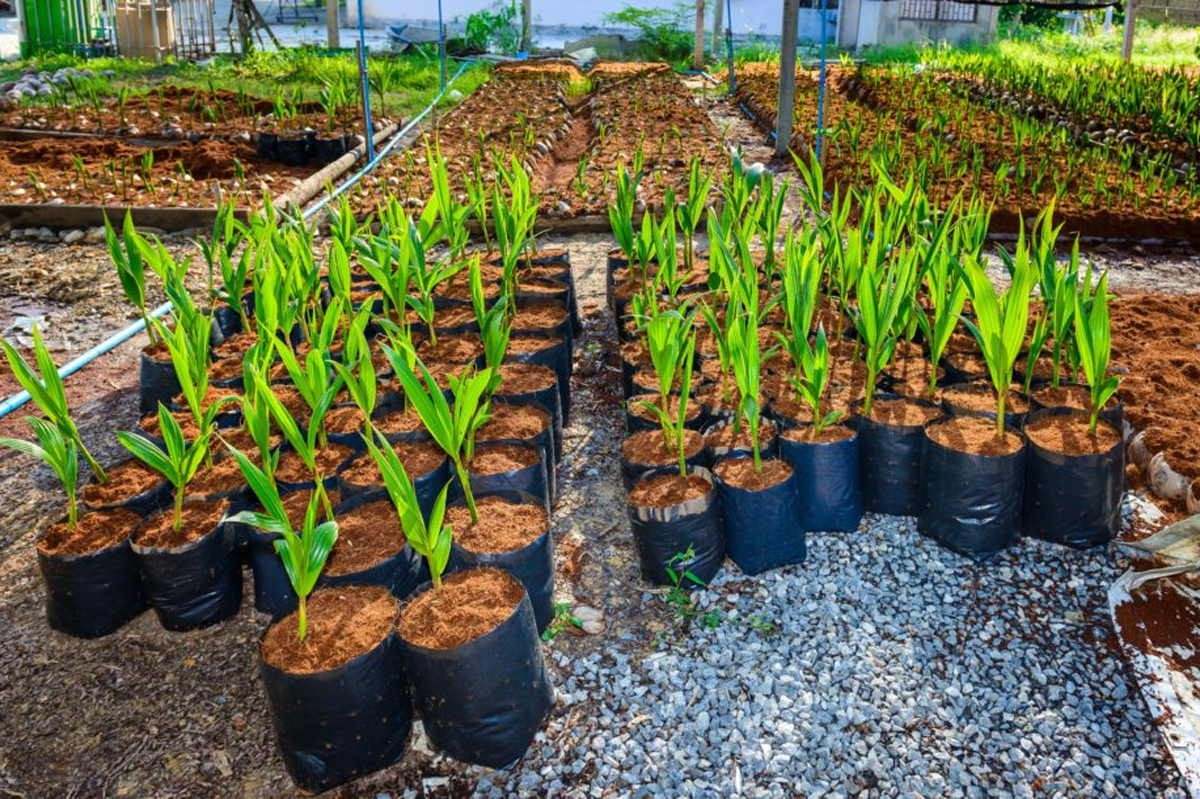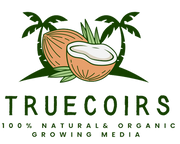How To Use Coco Coir In Your Garden

Coco coir, also known as coconut fiber or coco peat, is a versatile and sustainable growing medium with multiple applications in gardening. This guide will show you how to use coco coir effectively across different gardening scenarios.
Types of Coconut Coir Products: Coco coir comes in various forms:
- Loose coco coir
- Coco coir bricks or blocks
- Pre-mixed coco coir blends
How to Use Coco Coir:
-
Rehydration Process
- For coco coir blocks or bricks, place in a large container
- Gradually add water and let it expand
- Break up the block to speed hydration
- Result should be light and fluffy
-
Soil Amendment
- Mix hydrated coco coir into garden soil
- Recommended ratio: 20-30% coco coir to soil volume
- Improves soil structure and water retention
-
Potting Medium
- Excellent alternative to traditional potting soil
- Mix with compost, perlite, or vermiculite
- Provides excellent drainage and water-holding capacity
-
Seed Starting
- Fill seed trays with moistened coco coir
- Provides loose, moisture-retaining environment
- Supports seed germination and young plant growth
-
Hydroponics and Soilless Gardening
- Widely used in hydroponic systems
- Plants grow directly in coco coir or coco coir/perlite mix
- Requires added nutrient solutions
Coco Coir Watering and Maintenance:
- Coco coir retains moisture while allowing drainage
- Monitor watering to prevent overwatering
- Neutral pH, so consider adding organic fertilizers
- Helps maintain optimal plant nutrition
Reusing Coco Coir:
- Can be reused for multiple growing cycles
- Remove plant debris after each cycle
- Rinse to remove accumulated salts
- Rehydrate and prepare for next planting
Coco coir Usage Pro Tips:
- Adjust watering based on specific plant needs
- Check nutrient requirements regularly
- Experiment with different plant types
By understanding how to use coco coir effectively, you can enhance your gardening experience with this sustainable and versatile growing medium.
👉 Shop Our Coco Coir Collection for Sustainable gardening with our high-quality Coco Coir products!
